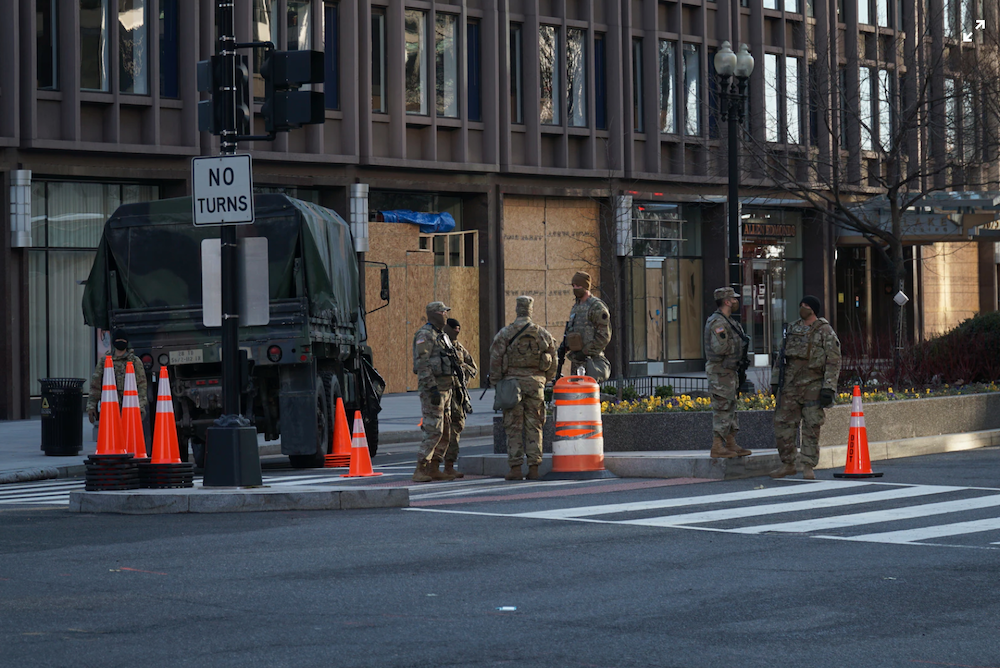More than half the world’s population already lives in cities and the United Nations estimates that urban areas worldwide will grow from 4.2 billion (55% of the world population) in 2018 to 6.7 billion (68% of the world population) by 2050. The greatest increases in urbanisation are likely to be in Asia and Sub-Saharan Africa.
Cities are centres of strategic and political power, with significant influence beyond their geographical space. Developed cities will be very modern with well-functioning infrastructure and institutions as well as ready access to resources. However, due to the rapid rate of urbanisation, many peri-urban areas are likely to be informal settlements (slums or shanty towns). Failed, failing or ‘feral’ cities could become the source of major security issues.
Often, these will be located in areas prone to natural disasters and lack resilience due to poor infrastructure, scarce resources and ineffective or absent institutions and emergency services. Poor governance and inadequate institutions allow violent and criminal non-state actors to flourish. Patronage systems and parallel informal governance structures—often viewed as counter to Western norms—will, in some areas, continue to provide vital services where formal governance is lacking.
Conflict and crisis in its simplest form is about people, whether through the duty of a state to protect its population, or the influence that a population exerts on a state. The influence on and of a population lies close to the centre of gravity of any conflict or crisis past, present or future.
Many of the lessons of past conflict emphasize the avoidance of fighting within the urban environment. However, cities are becoming increasingly prime targets of military and terrorist attacks and are increasingly likely the setting of violence and armed conflict. The urban environment has been the predominant site for modern warfare (excluding Afghanistan until mid-2015, but increasingly also there) and is the chosen battleground for insurgents and anti-government forces, while cities have been at the centre of conflicts in Iraq, Syria, Ukraine, Libya, Yemen and Georgia.
This is not just a result of an era where the focus has been on intervention and stabilisation, and it would be wrong to equate instability in urban areas with the need for military intervention and deployments. Nor is the urban environment one where the focus is solely on offensive operations (Hue, Stalingrad, Mosul). Rather, the urban environment is primarily where militaries are operating today (increasingly including Afghanistan) across the conflict spectrum.
Consequently, it is not a matter of ‘if’, but ‘when’ military forces will be involved in urban operations from humanitarian assistance and disaster relief to protracted combat.


